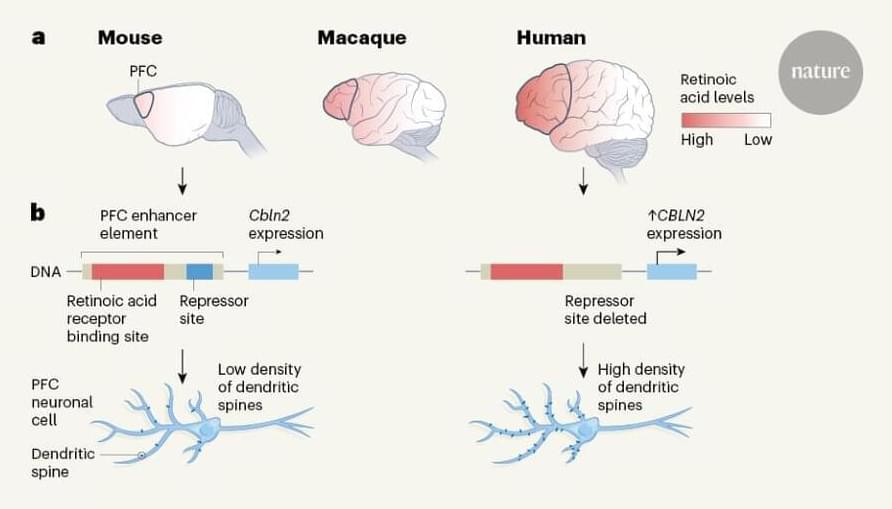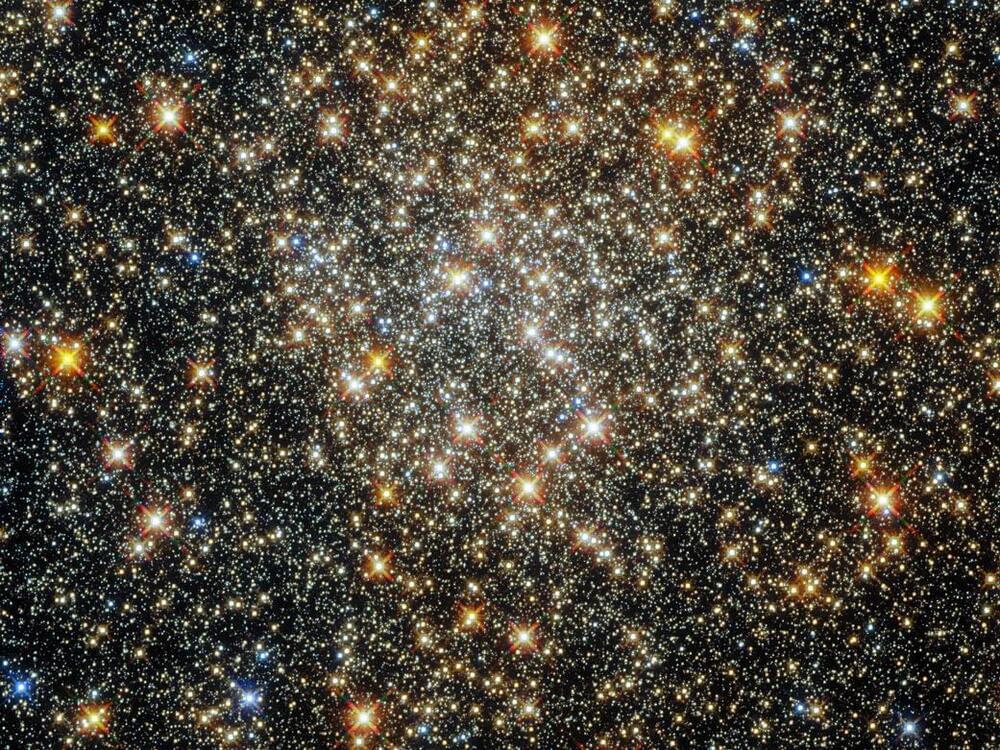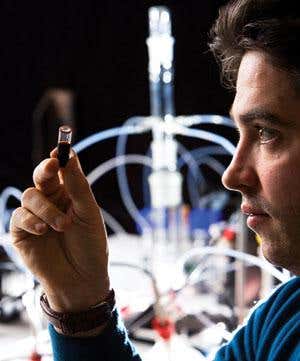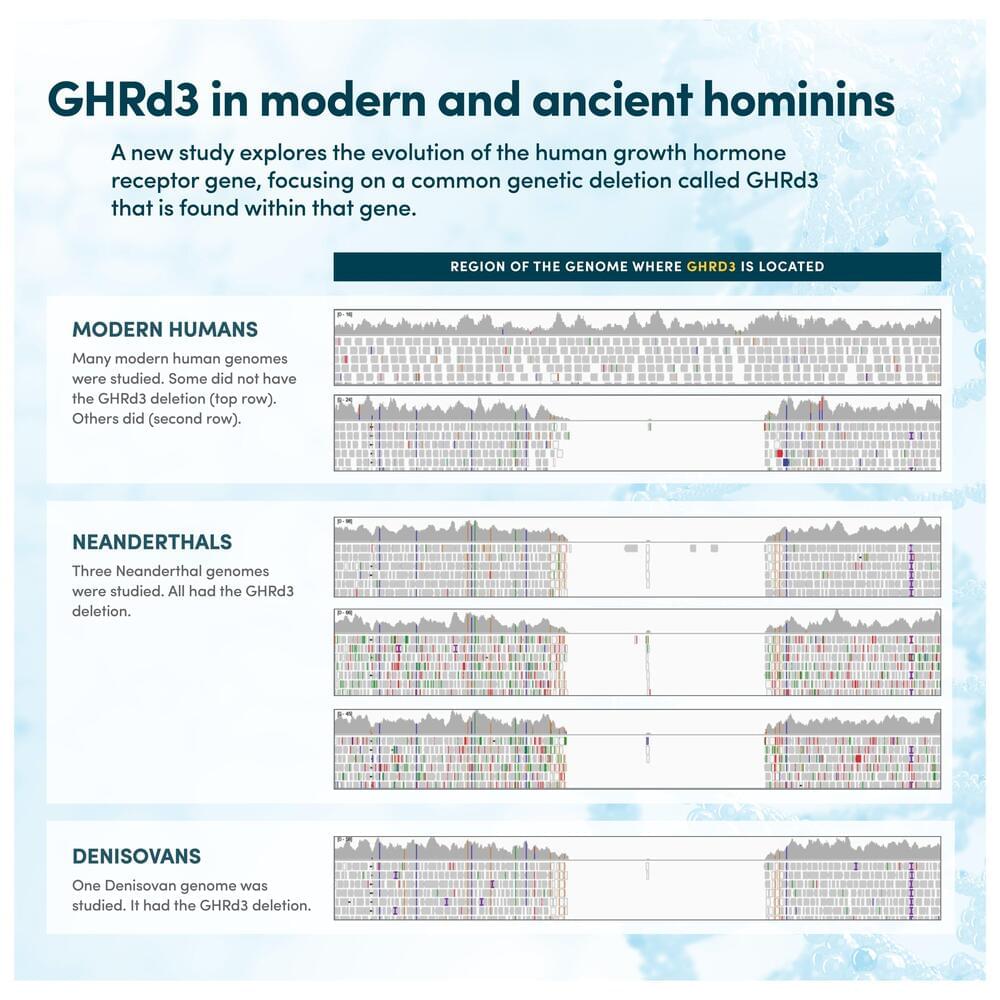The gene-regulatory mechanisms driving prefrontal cortex expansion.



Like many other living organisms, humans are born, survive, compete for resources, reach maturity, reproduce, take care of their young, sometimes the young of their young, continuously decline, and die. Evolution needs us for just two purposes – adapt and reproduce. But, unlike other species, humans are very conscious of their fate. Humans are very much aware that after reaching peak performance they will eventually grow old and die. We are very conscious of our fate after reaching peak performance – loss of function, frailty, and eventual loss of everything we worked so hard to earn.
We observe our parents, and other elderly around them, attend funerals, and understand that eventually we will get into this state. We are also very contempt with that fate as evolution made sure that. The more ambitious of us are trying to advance science, the rest seek refuge in religion, some in philosophy, some in accumulation of wealth, and some see the continuation of ourselves in our children. But despite the many technological advances transpiring in the laboratories all over the world, there is nothing we can do at this point to escape aging. There are diets, exercises, sleep, and supplements, but these provide very marginal benefits. We do not see 120+ old yoga and diet practitioners or marathon runners around. But these simple habits do help look younger longer. And many people that have very harmful habits like smoking but still diet and exercise to look younger.

Here’s some beauty for your timeline: a stunning and ancient globular cluster captured by the venerable Hubble Space Telescope. The telescope’s Wide Field Camera 3 and Advanced Camera for Surveys was used to take this picture of ESO 520–21 (also known as Palomar 6), which is located about 25,000 light years away from Earth. Scientists say this globular cluster is probably about 12.4 billion years old.
Globular clusters are collections of tightly bound stars orbiting galaxies. Astronomers consider them as natural laboratories which enablie studies on the evolution of stars and galaxies. In particular, globular clusters could help researchers better understand the formation history and evolution of early type galaxies, as the origin of GCs seems to be closely linked to periods of intense star formation.
ESO 520–21 lies close to the center of the Milky Way, and from our vantage point on Earth, is in the constellation Ophiuchus. It’s location near the celestial equator is where interstellar gas and dust absorb starlight, which make observations more challenging.

A possible explanation for life from nonliving material.
Exactly how life first emerged from non-living matter is one of the most enduring mysteries of science. In a new study, Japanese scientists have created self-replicating protocells in the lab, which they say could represent the “missing link” between chemistry and biology.
Primitive Earth was covered with a sludgy mix of chemicals, containing organic molecules that formed the precursors for vital biological components like proteins and amino acids. There are several different hypotheses for how and where life sprang out of this soup, but one of the first ideas was known as chemical evolution, which is what the new study investigated.
“Chemical evolution was first proposed in the 1920s as the idea that life first originated with the formation of macromolecules from simple small molecules, and those macromolecules formed molecular assemblies that could proliferate,” says Muneyuki Matsuo, first author of the study. “However, the origin of molecular assemblies that proliferate from small molecules has remained a mystery for about a hundred years since the advent of the chemical evolution scenario. It has been the missing link between chemistry and biology in the origin of life.”

Hearing is thought to exist only in vertebrates and some arthropods, but not other animal phyla. Here, Xu and colleagues report that the earless nematode C. elegans senses airborne sound and engages in phonotaxis. Thus, hearing might have evolved multiple times independently in the animal kingdom, suggesting convergent evolution.
Multiverse Cosmology, Nobel Laureates, Theories Of Everything, And Much More! — Dr. Brian Keating Ph.D., Chancellor’s Distinguished Professor of Physics, UC San Diego.
Dr. Brian Keating, Ph.D. (https://briankeating.com/) is Chancellor’s Distinguished Professor of Physics, at the Center for Astrophysics & Space Sciences (CASS), in the Department of Physics, at the University of California, San Diego (https://bkeating.physics.ucsd.edu/).
Dr. Keating is a public speaker, inventor, and an expert in the study of the universe’s oldest light, the cosmic microwave background (CMB), using it to learn not just about the origins and evolution of the universe, but to gain potential insights into an even bigger picture, that of the “multiverse”, a hypothetical group of multiple universes that comprise everything that exists: the entirety of space, time, matter, energy, information, and the physical laws and constants that describe them.
Dr. Keating is also a writer, the best-selling author of one of Amazon Editors’ Best Non-fiction Books of All Time, “Losing the Nobel Prize” (https://www.amazon.com/Losing-Nobel-Prize-Cosmology-Ambition…atfound-20 and his new book is entitled “Into The Impossible: Think Like A Nobel Prize Winner”.
Dr. Keating is also a prolific podcaster on the Into The Impossible podcast (https://briankeating.com/podcast.php).

Circa 2011 o,.o Foglet bodies around the corner sooner than we think 🤔
Could living things that evolved from metals be clunking about somewhere in the universe? Perhaps. In a lab in Glasgow, UK, one man is intent on proving that metal-based life is possible.
He has managed to build cell-like bubbles from giant metal-containing molecules and has given them some life-like properties. He now hopes to induce them to evolve into fully inorganic self-replicating entities.
“I am 100 per cent positive that we can get evolution to work outside organic biology,” says Lee Cronin (see photo, right) at the University of Glasgow. His building blocks are large “polyoxometalates” made of a range of metal atoms – most recently tungsten – linked to oxygen and phosphorus. By simply mixing them in solution, he can get them to self-assemble into cell-like spheres.

“Our study points to sex-and environment-specific effects of a common genetic variant. In the mice, we observed that Ghrd3 leads to a ‘female-like’ expression pattern of dozens of genes in male livers under calorie restriction, which potentially leads to the observed size reduction,” Saitou says.
“Females, already smaller in size, may suffer from negative evolutionary consequences if they lose body weight. Thus, it is a reasonable and also very interesting hypothesis that a genetic variant that may affect response to nutritional stress has evolved in a sex-specific manner,” Mu says.
A new study delves into the evolution and function of the human growth hormone receptor gene, and asks what forces in humanity’s past may have driven changes to this vital piece of DNA.
The research shows, through multiple avenues, that a shortened version of the gene—a variant known as GHRd3—may help people survive in situations where resources are scarce or unpredictable.
Findings will be published on Sept. 24 in Science Advances.


Progress.
Replacing or editing disease-causing mutations holds great promise for treating many human diseases. Yet, delivering therapeutic genetic modifiers to specific cells in vivo has been challenging, particularly in large, anatomically distributed tissues such as skeletal muscle. Here, we establish an in vivo strategy to evolve and stringently select capsid variants of adeno-associated viruses (AAVs) that enable potent delivery to desired tissues. Using this method, we identify a class of RGD motif-containing capsids that transduces muscle with superior efficiency and selectivity after intravenous injection in mice and non-human primates. We demonstrate substantially enhanced potency and therapeutic efficacy of these engineered vectors compared to naturally occurring AAV capsids in two mouse models of genetic muscle disease. The top capsid variants from our selection approach show conserved potency for delivery across a variety of inbred mouse strains, and in cynomolgus macaques and human primary myotubes, with transduction dependent on target cell expressed integrin heterodimers.